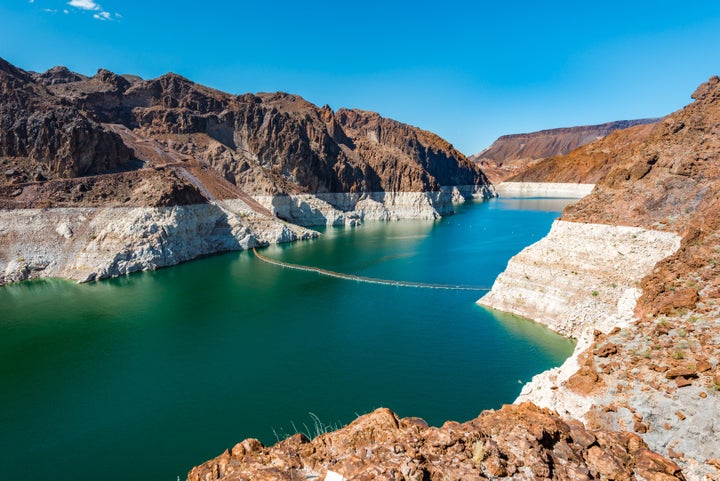By now we’re all familiar with the likes of solar and wind power as alternatives to using up unsustainable fossil fuels, but what about evaporation?
That’s right. A team of scientists have successfully exploited nature’s basic cycle of moving water between land and air in order to create energy, and it’s already looking more promising than other green options we have.
And this is no small contribution - researchers at Columbia University found that lakes and reservoirs across the USA could generate 325 gigawatts, nearly 70% of what the country currently produces.

Research has previously shown that evaporation can produce energy, but the most recent study is the first that set out to discover just how much energy this method could potentially produce if replicated on a larger scale than just in the lab.
The system works by using a humidity-controlling machine that opens and closes a shutter forcing bacterial spores to expand and contract and transfer energy to a connected generator.
This is beneficial because it doesn’t require back-up batteries like solar and wind power (which are expensive and toxic to make), “evaporation comes with a natural battery,” explained lead author Ahmet-Hamdi Cavusoglu.
“You can make it your main source of power and draw on solar and wind when they’re available.”
Published in Nature Communications, the team found that evaporation was a worthy competitor in terms of energy generation, and not only that but it could used on demand, day or night and without certain weather conditions, thus overcoming the intermittency problems plaguing solar and wind energy.
The study also showed that evaporation technology can save up to 25 trillion gallons of water from going to waste (by evaporating into the atmosphere) a year, or about a fifth of the water Americans consume.
Water strapped states, such as California, Arizona and Nevada, with growing populations could benefit most from this.
Klaus Lackner, at Arizona State University who was not involved in the study, but is working on a similar project that sees artificial trees draw carbon dioxide from the air, in part, by harnessing the power of evaporation, expressed support for the team’s findings.
“Evaporation has the potential to do a lot of work,” he said. “It’s nice to see that drying and wetting cycles can also be used to collect mechanical energy.”
They are now hoping to test the concept on a lake, reservoir or even greenhouse.
